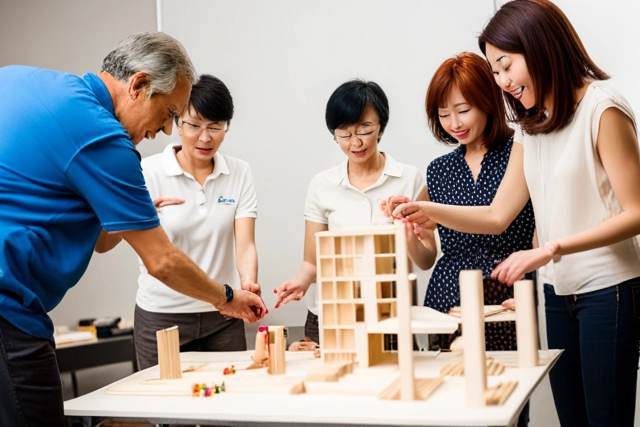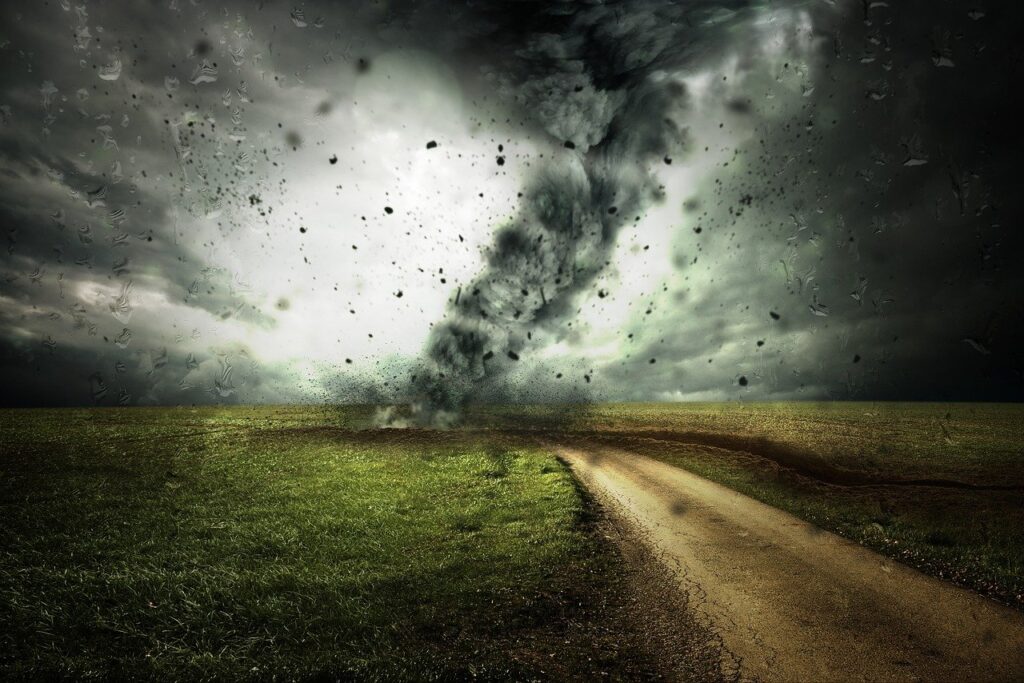10kclimatechallenge
10kclimatechallenge
Are you the next great climate scientist?
Awarding $10,000 for the proven reproducible rate of CO2 forcing. (Validated by the UN IPCC)
Inspiring the next generation of climate activist!


Following the Science
Welcome to 10kClimateChallenge.com, your source for 40 years of climate science knowledge.
I have thoroughly studied and documented every important point in the IPCC’s Assessment Reports (AR4/AR5/AR6) that analyze over 35,000 climate studies, as a result I can offer a comprehensive understanding of the subject.
Together, we can delve into the numerous pressing climate questions and strive to advance our understanding.
As part of the 10kClimateChallenge, I’m offering a $10,000 award for the verified and reproducible formula for CO2 forcing, as validated by the IPCC.
Review of IPCC AR4, AR5, and AR6 are now complete!
AR4/AR5/AR6 are used to guide governments around the world on climate policy, including the USA.
These are very important for any future climate scientists detailing hundreds of important climate questions facing us today.
The ARs are not the easiest reads as information on any one subject is spread throughout the 5000+ pages.
At 10kclimatechallenge.com I have reorganized all this information by subject.
Start here with the Climate Question Chapter, with over 150 of today’s important climate questions.
Inspiring the next generation
Join me as I share the knowledge I’ve gained over my 40 years as an early climate activist.
My journey began in the 1970s when, as a teenager, I became aware of the looming threat of an ice age and grew concerned about the future.
However, I later learned that this was not the case. In fact, the IPCC acknowledges this as an example of self-correcting science in AR5 Chapter 3 Executive Summary, page 258.
Let me share the wisdom and perspective I’ve accumulated over these four decades, which may help you save years of understanding and navigate the complexities of climate science more effectively.
The IPCC’s AR4/AR5/AR6 reports serve as invaluable roadmaps for the next generation of climate scientists, encompassing the peer-reviewed analysis of 35,000 climate studies.
Throughout my climate journey, I’ve come to realize that the rate of CO2 forcing remains uncertain.
Additionally, the potential mechanisms through which CO2 could increase its forcing effect by hundreds of times are still not fully understood.
One of my motivations for thoroughly studying and documenting the key points in AR4/AR5/AR6 has been to determine whether they provide evidence for the rate of CO2 forcing as validated by the IPCC.
However, I can assure you that after delving into AR4, AR5, and now AR6, these questions loom larger than ever before.
Consequently, I am offering a $10,000 award to the next great scientist of our time who can provide conclusive evidence of the rate of CO2 forcing.
Could you be the one to claim this prize and make a significant contribution to our understanding of climate science?
Review of the IPCC AR4, AR5, and AR6.
The IPCC’s AR4, AR5, and AR6 reports have undertaken the peer review of over 35,000 climate studies, comprising a wealth of information spanning over 20 years and encompassing more than 5,000 pages.
These documents serve as the primary source of comprehensive climate data and are utilized by governments worldwide to shape their climate policies.
However, rather than providing definitive answers, I have discovered that these reports raise more questions, with each new release further adding to the uncertainties.
The next generation faces significant and crucial questions across various aspects, ranging from the ocean to the sun, in their quest to comprehend the complexities of climate.
While the IPCC takes a definitive stance in attributing climate change to human activities, akin to a district attorney prosecuting humans, they also candidly acknowledge the existence of hundreds of questions, contradictions, missed predictions, data gaps, and more.
It is evident that absolute certainty eludes the IPCC, and I would argue that this uncertainty is only growing over time.
Following the Science
Become an informed climate activist!





All the Chapters
Inspiring the next generation of climate scientists and activists.
My Personal Climate Journey
40 years and counting. Maybe you are on the same journey.
Review of IPCC AR4/AR5/AR6
Why AR4/AR5/AR6 are so important.
Theory Chapter
Breaks down CO2 forcing and why models are important.
Temperature Chapter
What is warming? Entire earth? Oceans? Surface? What to know.
Model Chapter
Why use models? How are they doing?
Ocean Chapter
Role of the world's oceans that stores over 90% of Earth's heat.
Atmosphere Chapter
Is the atmosphere cooling or warming the earth?
Gases Chapter
Focus on CO2 and other greenhouse gases.
Civilization Chapter
Examining the impact of past climate change on civilizations that existed in earlier times.
Question Chapter - ON LINE
Summary of every important question I found in AR4/AR5/AR6.
Prediction Chapter
Summary of every important prediction I found in AR4/AR5/AR6.

Start here with the top 150 climate questions that face the next generation.
For Example:
What caused the warming hiatus?
How have the models performed?
Why isn’t the rate of CO2 forcing proven?
Is the climate easier to predict than the weather?
What exactly is warming?
Are you the next great climate scientist that will answers today’s most important climate questions?
10kclimatechallenge.com is here to help and inspire.
Never Stop Learning.
So They Say You Are Not A Climate Scientist.....
Do not let anyone invalidate your opinion by claiming you are not a “climate scientist” and therefore your perspective doesn’t matter. This notion is deeply flawed on multiple levels. Everyone can engage with and comprehend the science by utilizing resources such as AR4 and AR5, which serve as valuable roadmaps in understanding climate science.
To illustrate, you don’t have to be an aeronautical engineer to grasp the basic principles of flight and aerodynamics. Concepts like lift, thrust, drag, weight, and balance are accessible to all individuals.
Similarly, in the realm of climate science, you don’t need to be labeled as a “climate scientist” to comprehend its fundamental aspects. Anyone can read and gain insights from the IPCC AR4 and AR5, which provide a comprehensive overview of the current state of climate science.
It’s important to recognize that no single person can claim expertise in all areas of climate science. Even the Chairman of the IPCC from 2002 to 2015, Dr. Rajendra Pachauri, was an economist and industrial engineer, not a climate scientist. This highlights the fact that climate science encompasses a wide range of specialized fields, such as oceanography, atmospheric science, modeling, feedback mechanisms, and surface temperatures.
The key is to “follow the science” by immersing oneself in reputable sources like IPCC’s AR4/AR5/AR6, just as I have done, and as anyone can do. These reports represent the most comprehensive and accurate reservoirs of climate knowledge available today.
Let us inspire the next generation to engage with and understand climate science, encouraging critical thinking and informed discussions about our changing world.


What is CO2 forcing?
Why is it not possible to measure the effect of CO2 on temperature directly in a lab?



